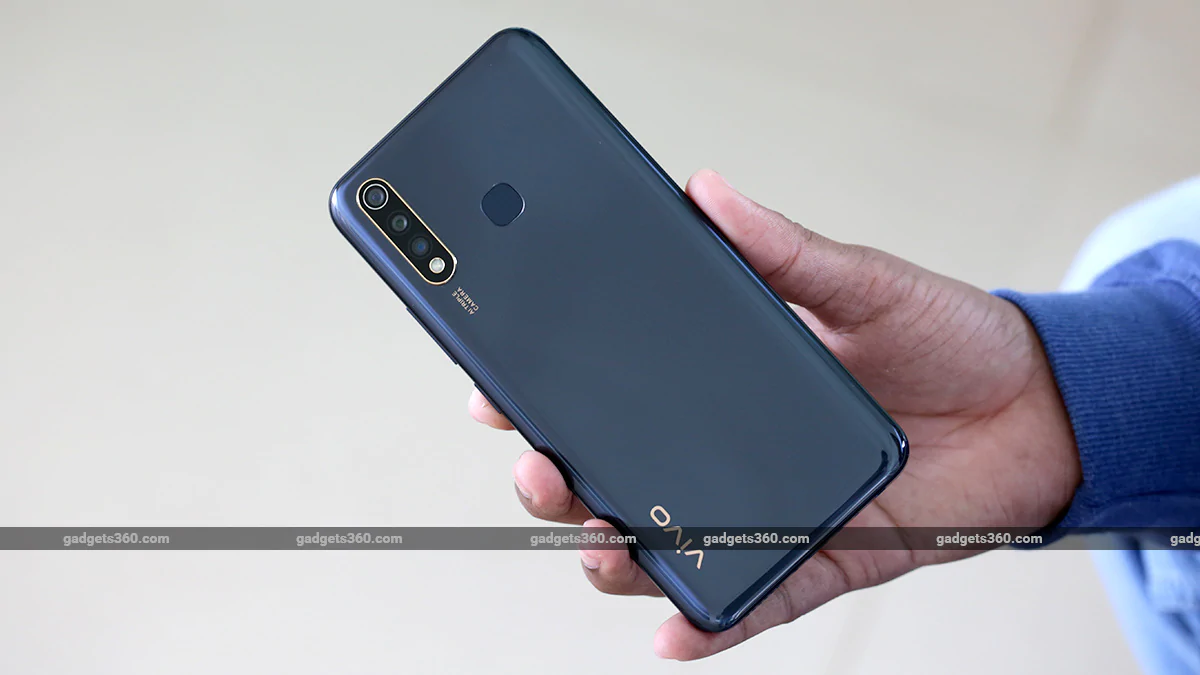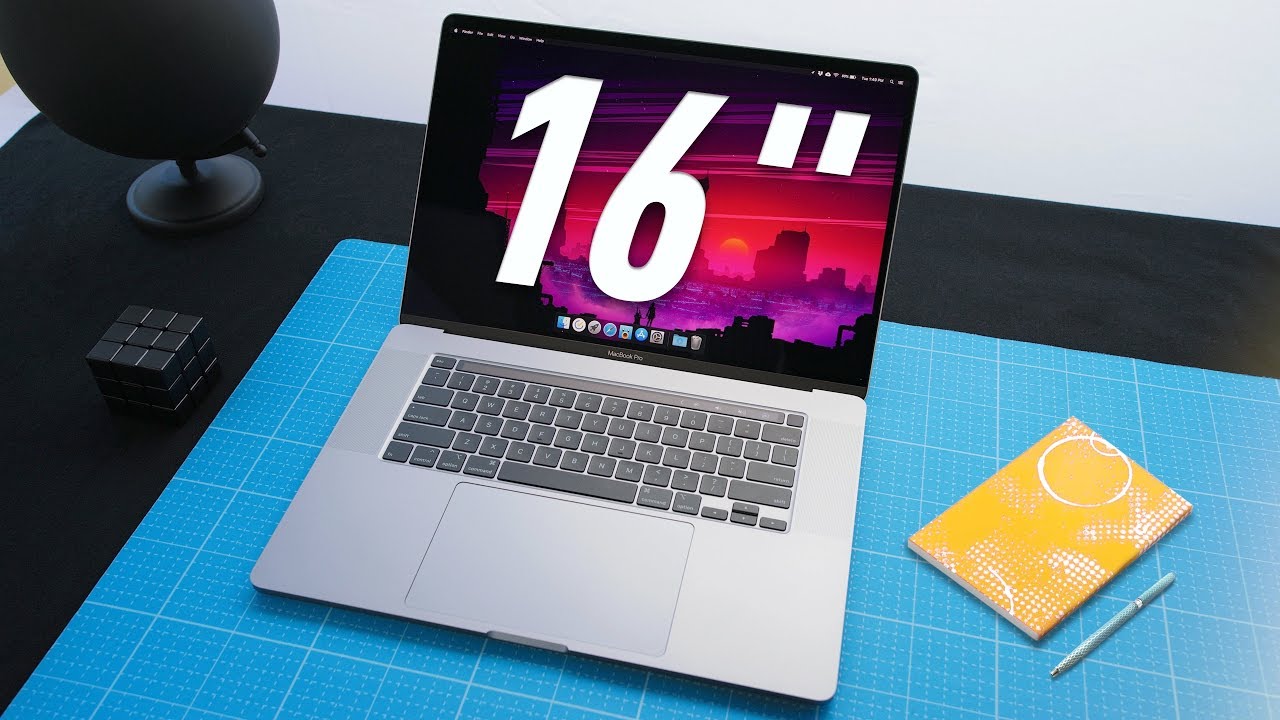Vivo brought the Vivo U10 in India in late September to compete with Xiaomi and Realme at the budget end of the market. The Vivo U10 is powered by the same Qualcomm Snapdragon 665 processor as the Redmi Note 8 and the Realme 5. With the competition churning out phones at such a high rate, it was time for Vivo to push out an update, and now it has, with the Vivo U20. The naming clearly suggests that this is a higher-end model than the Vivo U10, and we are expecting this smartphone to keep the competition in the market alive.
Equipped with a powerful Snapdragon 675 SoC, this phone could have an edge over its competition. Will this be enough to sway your choice in its direction? We put the Vivo U20 to the test to find out.
Vivo U20 Design
When we got our hands on the Vivo U10 (Review) we had pointed out that it was boxy and bulky. The new Vivo U20 isn’t a whole lot different, as it weighs 193g and is 8.9mm thick. We think that some people will find it too unwieldy for daily use. The display has grown in size, and the IPS LCD panel on the Vivo U20 measures 6.53 inches. It has thin bezels on the sides and Vivo claims a screen-to-body ratio of 90.3 percent. We found the display bright enough when outdoors, and it had decent viewing angles. Vivo has opted for a full-HD+ panel which is a welcome upgrade over the HD+ display of the U10.
The back of the Vivo U20 is flat but the sides are rounded which helps when holding it in the hand. Vivo has opted for a plastic back panel and frame. The back panel has a glossy finish which makes it a fingerprint magnet. We had to constantly wipe the back of the smartphone, and ultimately, we decided to use the bundled case to prevent smudges.
 The glossy finish on the back of the Vivo U20 looks gorgeous but is a fingerprint magnet
The glossy finish on the back of the Vivo U20 looks gorgeous but is a fingerprint magnet
We found the power and the volume buttons to be positioned a little too high for comfort, and they needed a bit of a shuffle to reach. The rear-mounted fingerprint scanner is also positioned slightly too high for our liking. Vivo still uses a Micro-USB port on the U20, which should’ve been dropped in favour of USB Type-C. The 3.5mm headphone jack and the loudspeaker are placed on either side of the Micro-USB port, along with the primary microphone.
The smartphone packs a triple camera setup at the back, placed in a module which is slightly raised.
Vivo U20 specifications and software
The Vivo U20 does boast of some impressive hardware, with the highlight being the Qualcomm Snapdragon 675 SoC. This is the same processor that powered the Redmi Note 7 Pro (Review) which was launched earlier this year at a higher price. It packs quite a punch, and people looking to play games and multitask should be able to do so on the Vivo U20 without any issues. The competition at this price level, including the Realme 5 (Review), and the Redmi Note 8 (Review), use the relatively less powerful Snapdragon 665 SoC.
Vivo has matched this SoC with 4GB or 6GB of RAM, while storage is 64GB for both variants….
https://gadgets.ndtv.com/mobiles/reviews/vivo-u20-review-india-price-2139712
















